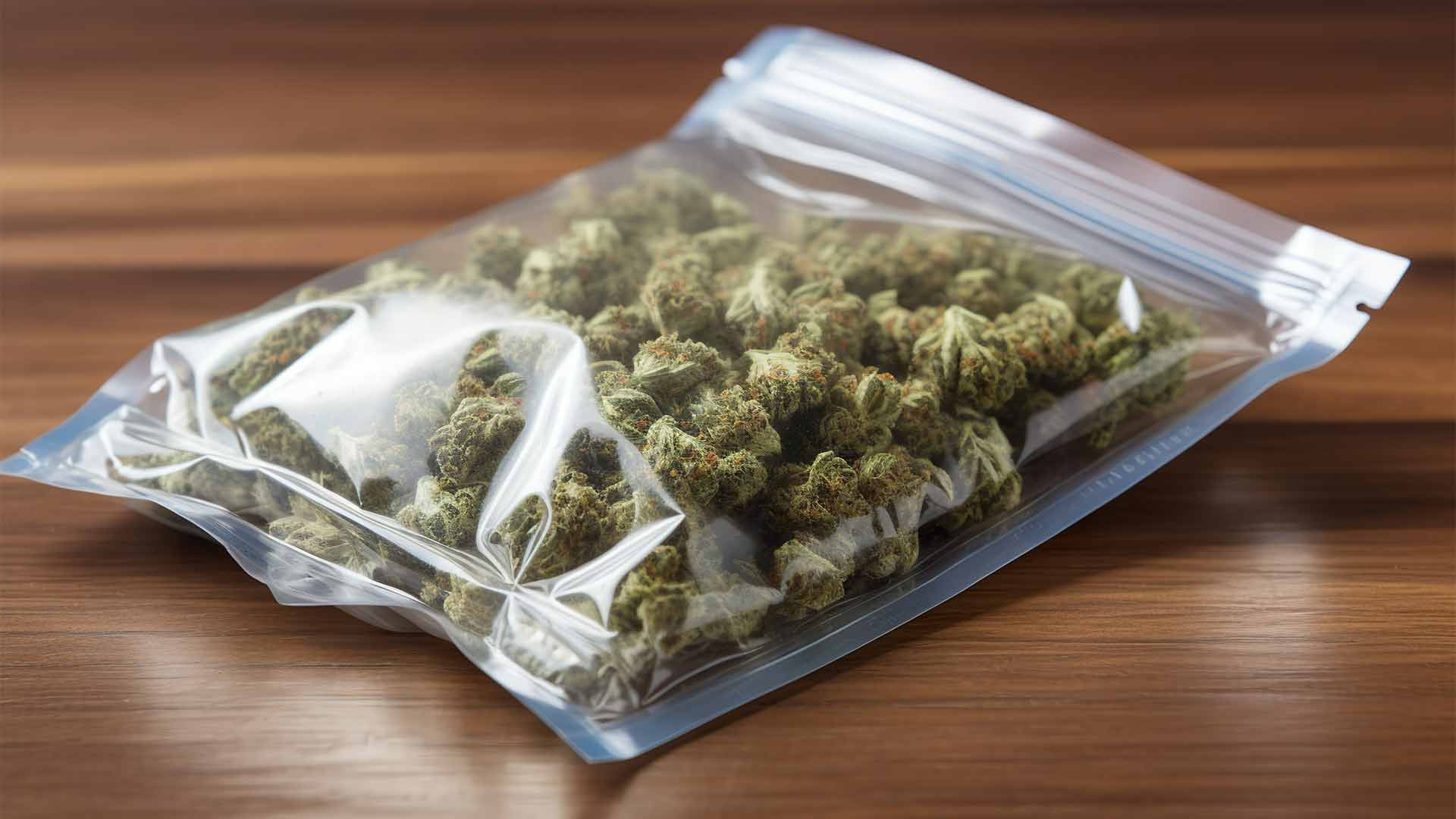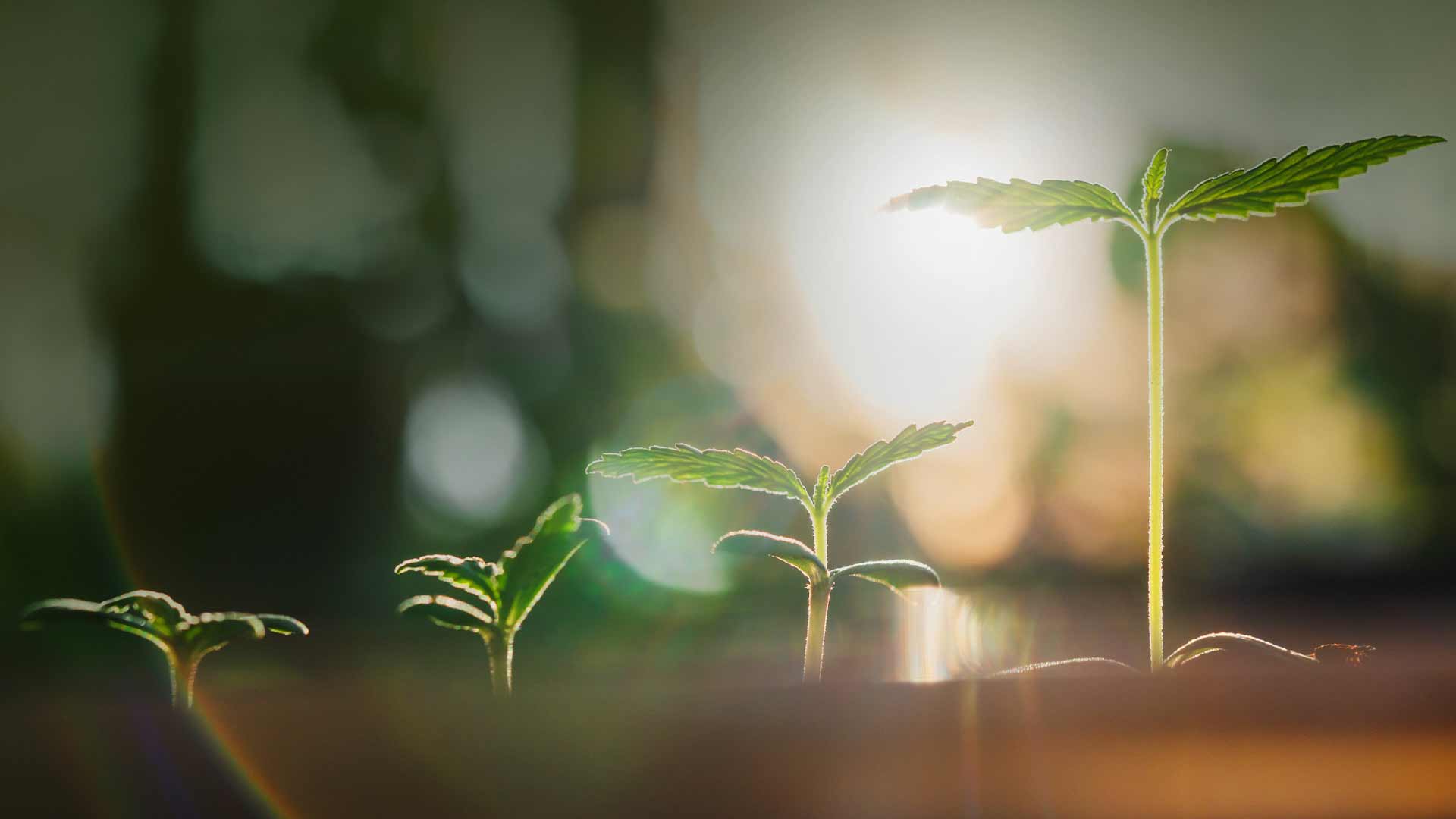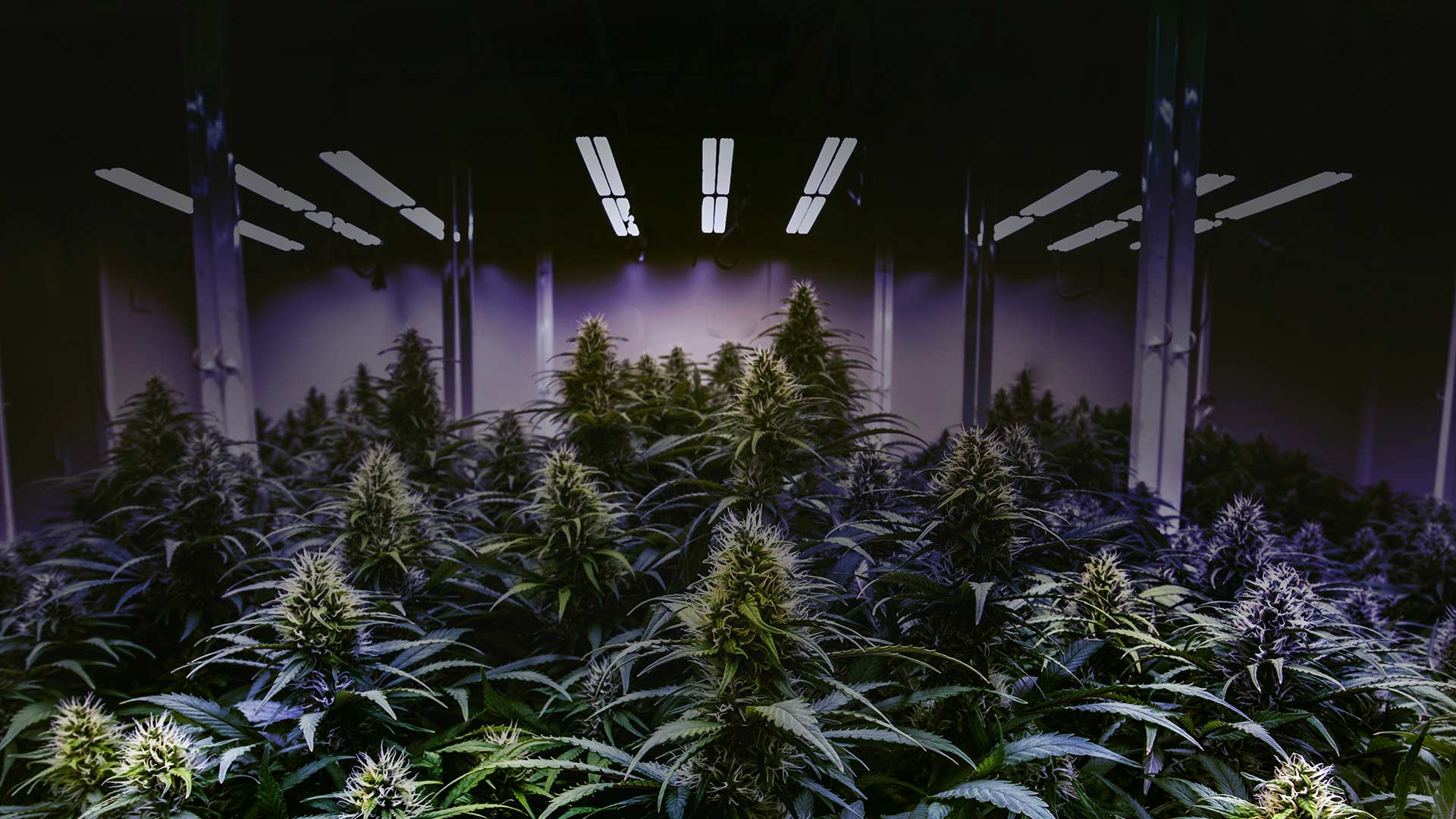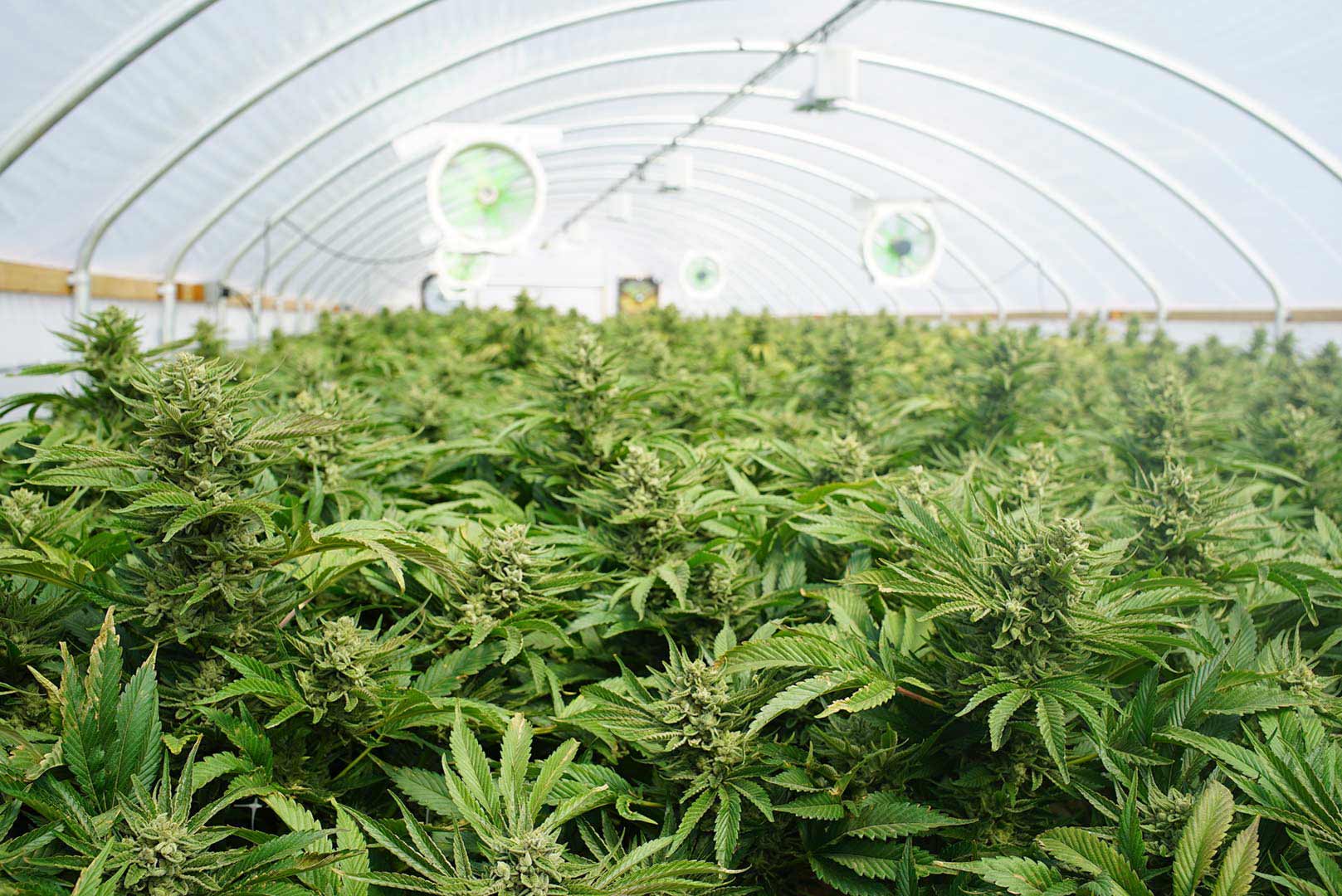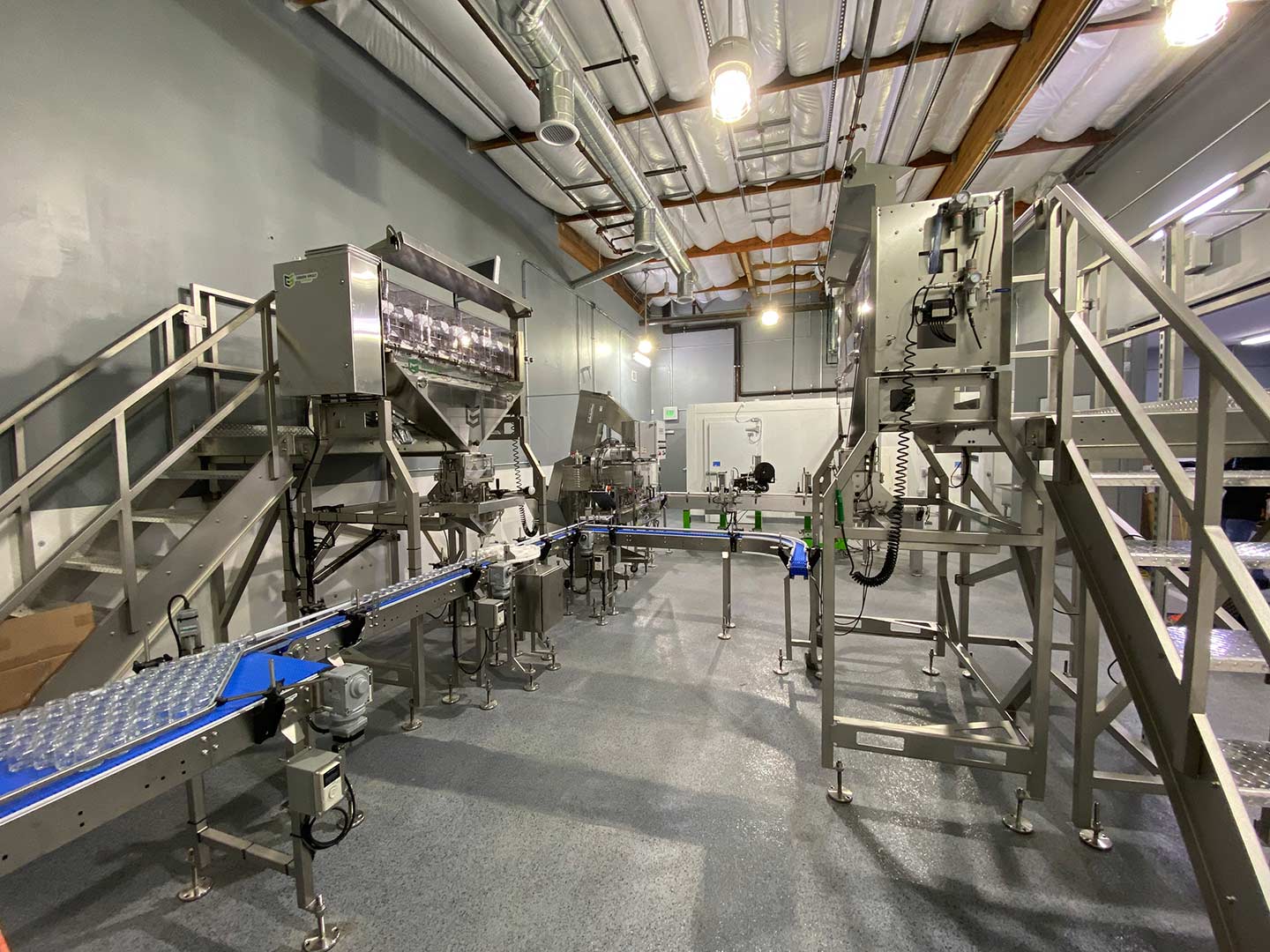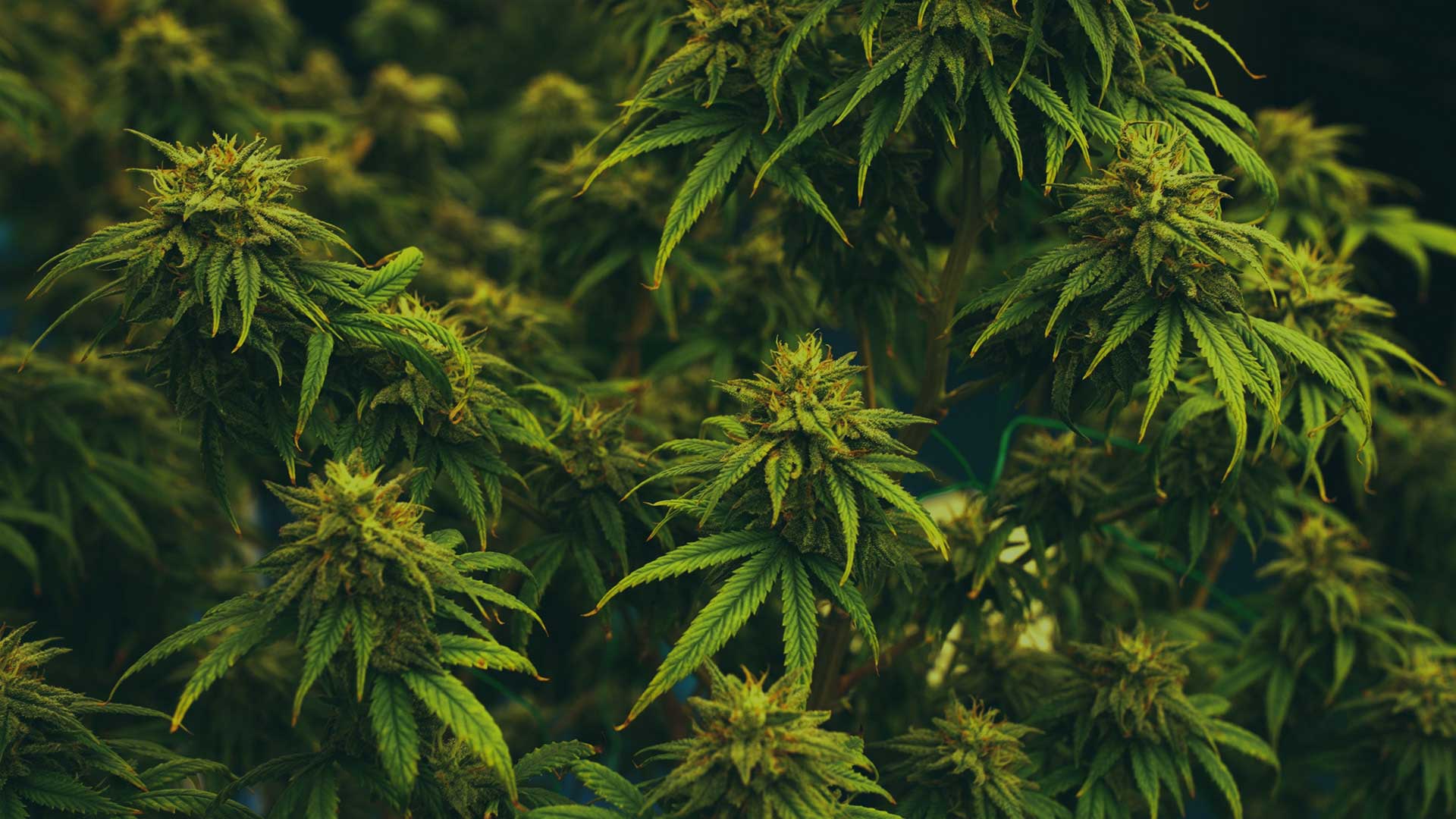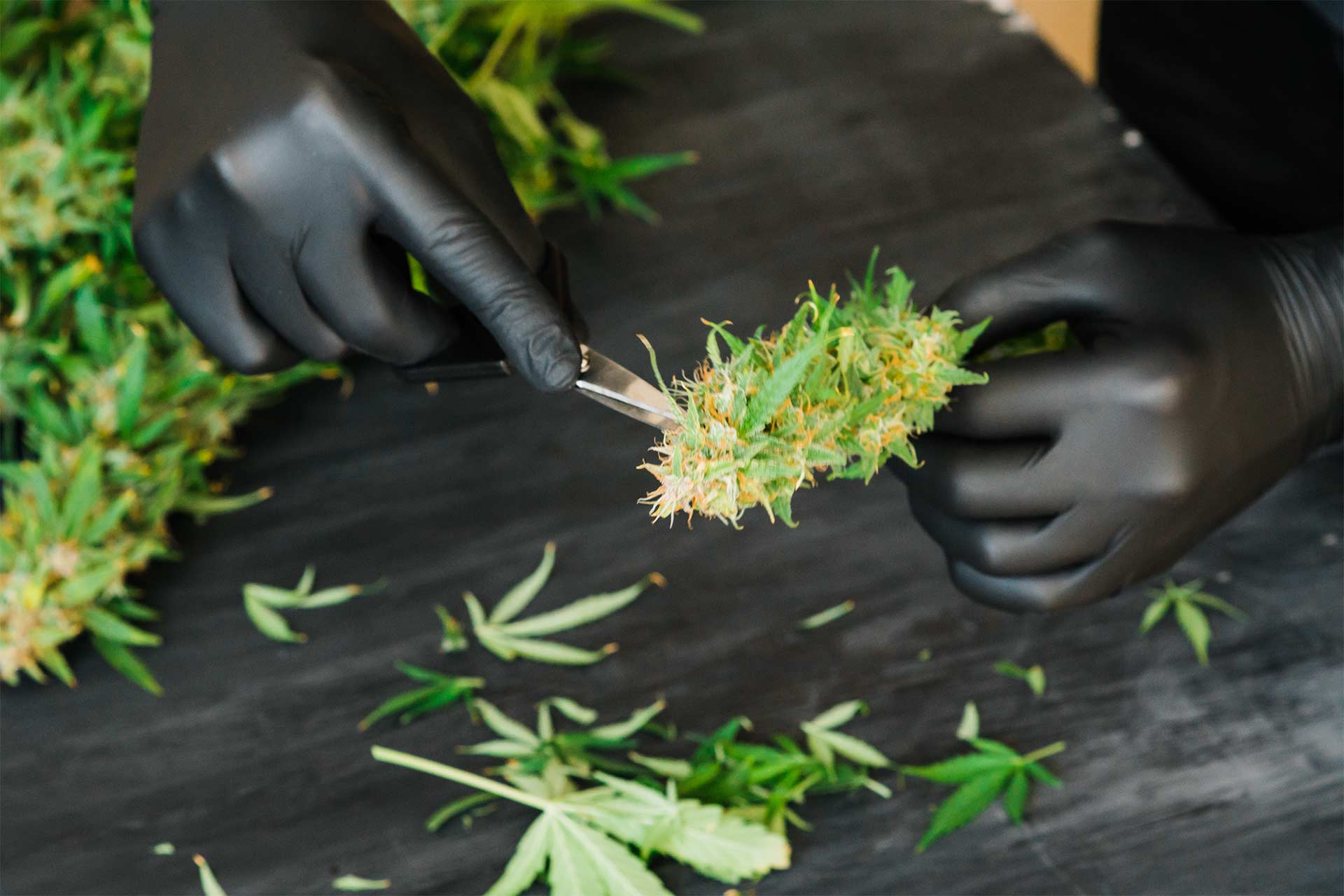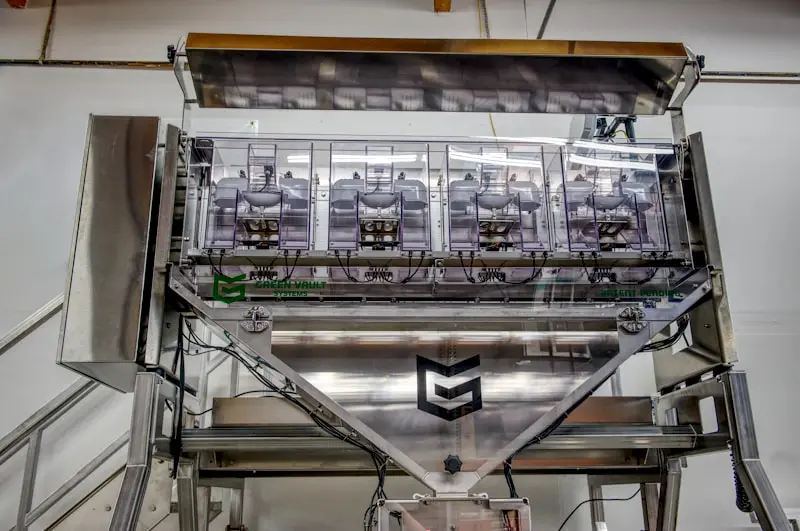Trichomes determine the cannabis bud’s potency and each strain’s unique flavor and aroma.
Trichomes are microscopic hairs on cannabis buds that contain the majority of the plant’s cannabinoids and terpenes. Protecting trichomes at harvest time means carefully flushing cannabis, removing fan leaves, trimming the weed correctly, drying the buds, and curing the cannabis.
Despite its spellbinding effect on our minds and bodies, cannabis isn’t conjured up by otherworldly magic. This amazing plant’s potent properties are the result of traditional farming practices and some very real science.
There’s a direct correlation between product quality and the work that cannabis cultivators put into developing their buds. From the moment you plant a seed or pot a clone, the steps you take have an incredible influence on potency and trichome quality.
In this article, we’ll get up close and personal with trichomes and magnify the tiny details that separate remarkable cannabis from ordinary batches.
What Are Trichomes?
Cannabis plants are covered in microscopic, mushroom-shaped hairs. These are trichomes and they play a direct role in the psychotropic and beneficial effects consumers want from cannabis. Linked directly to the potency and heady aroma of cannabis, trichomes contain the majority of the plant’s cannabinoids and terpenes, the plant’s active chemical and aromatic compounds.
When combined, the cannabinoids and terpenes found in trichomes determine how cannabis tastes, smells, and makes consumers feel.
There are three main types of trichomes:
- Bulbous Trichomes: Responsible for secreting cannabis resin, bulbous trichomes cover the entire surface of the plant but are not typically visible to human eyes.
- Capitate-sessile Trichomes: These develop before the cannabis plant starts flowering and are typically found on the underside of the plant’s leaves.
- Capitate-stalked Trichomes: The largest and most abundant of the trichomes, these form during the flowering phase and heavily influence the production of cannabinoids and terpenes.
Along with aiding in the aroma and potency of cannabis, trichomes are crucial to the plant itself. These tiny structures act as a defense mechanism of sorts, as the sticky residue and acidic properties help protect the plant against insects and small birds.
The Different Stages of Trichomes
Besides helping the plant survive and delivering cannabinoids and terpenes, trichomes also assist in signifying when it’s time to harvest your buds. As with all components of cultivation, time is essential, and trichomes are like an alarm clock alerting you to the readiness of your cannabis plant.
Trichomes appear in different colors during the plant’s lifespan, and understanding the difference between the varying shades is vital for harvesting cannabis at the height of the bud’s strength and fragrance. Trichomes can range in hue from clear to cloudy to amber, and each stage signals a different spot in the plant’s life cycle.
Clear Trichomes
As your plant begins to flower, clear trichomes will start to develop. The translucent appearance signals that the trichome glands are beginning to produce resin and THC is at its highest concentration. However, other cannabinoids have yet to form, so it’s not time to harvest.
Cloudy Trichomes
When the color turns cloudy or opaque, the trichomes are closer to what you want, but not quite ready for harvest. This is the time to really keep a close eye on your plants. Soon, 50 to 70 percent of the trichomes will turn cloudy or amber. At that point, it’s time to harvest for strong, highly euphoric buds.
Amber/Brown Trichomes
When the trichomes start to transition to amber and brown, the plant has reached peak maturity. If your goal is solely THC-heavy cannabis, you have to harvest immediately, as the trichomes are now commencing a steep drop in quality. When all you see is amber and brown, that means THC has converted to cannabinol (CBN), a compound that makes the buds more relaxing and sleep-inducing than energizing and euphoric.
How To Maintain Trichome Quality When Harvesting
Whether your trichomes are for cannabis concentrates, extracts, or flower end products, their quality and potency depends greatly on how well you preserve them during harvesting. Trichomes are incredibly sensitive, so trichome preservation must be your top priority. The following steps can help ensure your trichomes remain healthy and robust after harvesting your plants.
1. Flush Your Cannabis
Flushing involves treating your cannabis plants to a helping of water with moderate pH levels, as opposed to a nutrient solution. Flushing is something you should be doing periodically during the grow, as the practice removes nutrients, salts, and minerals from your growing medium. Without flushing, your plants will have a difficult time absorbing nutrients.
The most important flush you’ll perform is in the final stages before harvest time. This pre-harvest flush allows your plant to use up any remaining nutrients it has stored, resulting in a cleaner end product and better-preserved trichomes.
2. Remove Large Fan Leaves
Fan leaves are the multi-segmented outgrowths of foliage that have come to symbolize cannabis in pop culture. But as iconic as these leaves are, they don’t possess enough cannabinoids to be useful and must be removed to allow your buds to absorb maximum light and nutrition.
Removing or “defoliating” fan leaves is mostly required during the vegetative stage, when the seedlings are rapidly growing on a vertical trajectory. Defoliation helps the plant access light, giving your bud a chance to soak up the all important ultraviolet rays. Shifting the lighting gives trichomes a boost as the plant enters the flowering phase, the final stage of growth.
3. Choose Your Cannabis Trimming Style
When harvest time arrives, you must choose between “wet” or “dry” trim. Dry trimming means hanging the entire plant in a drying room after harvest, only trimming when the plant is completely dry. Wet trimming doesn’t wait for drying. Instead, you trim the cannabis plant stalk-by-stalk immediately after harvesting.
4. Take Care While Drying Your Plants
Whether you wet or dry trim, you have to move on to the actual drying phase. After trimming, you must help the plant rid itself of any residual moisture hidden in the buds. Not only does drying preserve flavor and aroma, it also guards against the development of mold and mildew. So get rid of that moisture!
Cannabis should be dried in a cool, dark place with a temperature of around 70 degrees Fahrenheit with about 50 percent humidity. If the temperature is too high, you run the risk of evaporating your terpenes, leaving your buds devoid of cannabinoids, flavor, aroma, and any real selling points.
Cannabis is typically dried for three-to-seven days, and sometimes as long as two weeks. To check if your cannabis is dry enough, employ the “snap test.” If the cannabis stems and twigs snap easily, the buds are ready to jar.
5. Don’t Forget To Cure Cannabis
Whether you wet or dry trim, you have to move on to the actual drying phase. After trimming, you must help the plant rid itself of any residual moisture hidden in the buds. Not only does drying preserve flavor and aroma, it also guards against the development of mold and mildew. So get rid of that moisture!
Cannabis should be dried in a cool, dark place with a temperature of around 70 degrees Fahrenheit with about 50 percent humidity. If the temperature is too high, you run the risk of evaporating your terpenes, leaving your buds devoid of cannabinoids, flavor, aroma, and any real selling points.
Cannabis is typically dried for three-to-seven days, and sometimes as long as two weeks. To check if your cannabis is dry enough, employ the “snap test.” If the cannabis stems and twigs snap easily, the buds are ready to jar.
Equipment in Service of Preserving Trichomes
There’s a misconception that the only way to preserve trichomes is to painstakingly perform every post-harvest task by hand. While hand trimming and sorting goes a long way in safeguarding the delicate trichomes, it isn’t feasible for large-scale operations to hire a workforce big enough to handle such an undertaking.
Luckily, cannabis technology has made incredible advancements over the last few years. Now you can deploy automatic cannabis sorters and automatic weed trimmers that don’t destroy the properties that cannabis consumers want.
Properly preserved trichomes are often the difference between having a product that resonates with consumers and one that collects dust on dispensary shelves.
